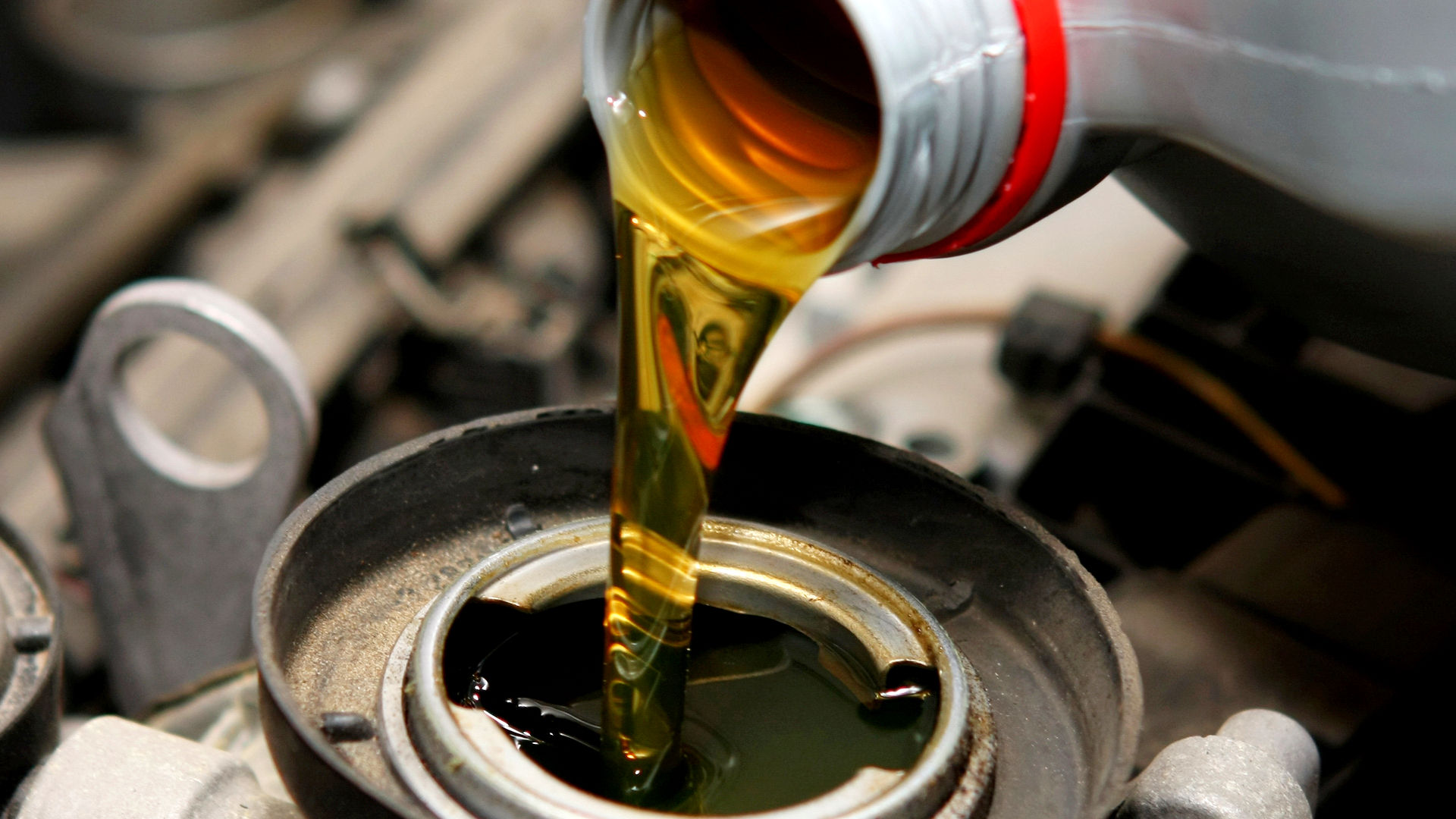

Lubricants
Multi-Element Analysis and Quality Control of Lubricants by XRF
Precise additive control is essential for optimizing engine performance and meeting tight specifications in lubricant blending. Elemental Analysis using X-ray Fluorescence (XRF) is fast, accurate, and cost-effective without the need for complex sample preparation.
XRF spectroscopy is a fast, non-destructive method for multi-element analysis without complex sample preparation, making it ideal for routine quality control.
The S2 POLAR delivers exceptional sensitivity, low detection limits and a high spectral resolution allowing trace elements in lubricants to be accurately quantified. This enables full compliance with international norms such as ASTM D6481 and ASTM D7751.
Beyond additive monitoring, the S2 POLAR supports quality control in base oil production, blending operations for lubricants and polymers, and automotive oil analysis.
Used Oil and In-Service Lubricant Analysis by FT-IR Spectroscopy
To readily assess the lubricant’s performance, testing and diagnosis of oils in-service is necessary. This is especially important to prolong engine life and avoid sudden and unforeseen damages to the engine. Fourier-Transform Infrared (FT-IR) spectroscopy utilizes the interaction of invisible infrared radiation and matter. This yields valuable molecular information and allows the identification of chemicals in a few seconds without consumables or additional chemicals.
Test Used-Oil Quality with FT-IR
All lubricants will undergo degradation while in use. The most common signs of base oil degradation are increased oxidation and shear thinning. Oxidative degradation occurs as a result of reactions with oxygen in the environment in which a lubricant resides.
Shear thinning is a physical breakdown of the oil due to pressure and temperature conditions to which the lubricant is exposed. These and other degradation processes of the lubricant make it unable to provide adequate lubrication for mechanical moving engine parts.
In both cases, FT-IR spectroscopy can help to detect the residues of these decompositions and thus draw conclusions about the residual quality of the oil.
Analyze Oil Dilution by Fuel
Due to improper fuel-to-air ratio, piston ring wear, fuel leaks or residual fuel get into the oil. Combustion residues mainly consist of long chain hydrocarbons with high combustion and boiling points, while fuel leakage also brings in lighter material.
Thus, in either case, the increasing fire hazard potential makes determining the presence of fuels in diesel engine oils of prime importance.
In such cases, FT-IR spectrometers are easy to use solutions. Modern spectrometers are hardly bigger than a shoebox and offer touch-screen operation for enhanced usability.
Check Water and Soot Content in Oil
Depending on fuel and lubricant quality, water tends to be a rather infrequent contaminant because of the operating conditions in the average engine. However, if present, it can indicate coolant (water) leakage. Water contamination promotes base oil oxidation and hydrolysis of additives resulting acidity build-up and in increased wear and corrosion.
The presence of water can also cause gelling of the oil and formation of emulsions affecting the viscosity of the oil leading to engine failure. Download our application note to learn more about what FT-IR oil analysis can do for you!
Magnetic Resonance applied to lubricants ageing analysis
The lubrication of an engine allows it to work efficiently and undergo minimal wear, translating to lower running costs as fuel economy and engine lifespan are optimized. It is essential that the lubricating oil is changed once it becomes degraded. During its use, the oil undergoes degradation through oxidation, thermal decomposition and mechanical abrasion processes. Magnetic Resonance technologies contributes to assess lubricants aging.
Lubricant Aging: Characterization using NMR
Lubricants (lubricating oils and greases) are an essential part of mechanical processes, in which friction and heating occur. Lubricants, i.e. oils with additives, prevent damage to bearing components thus maximizing life time. Lubricants age due to multiple stress factors, and require replacement from time to time. Complementing established analytics, NMR with its various facets is a powerful tool to quantitatively characterize this class of materials.
Electron Spin Resonance (ESR) Provides a Useful Tool for Assessing the Lifespan of Engine Oil
The lubrication of an engine allows it to work efficiently and undergo minimal wear, translating to lower running costs as fuel economy and engine lifespan are optimized. Maintaining the engine lubricating oil is a vital part of ensuring that a vehicle continues to run smoothly throughout its lifetime. It is essential that the lubricating oil is changed once it becomes degraded. During its use, the oil undergoes degradation through oxidation, thermal decomposition and mechanical abrasion processes.